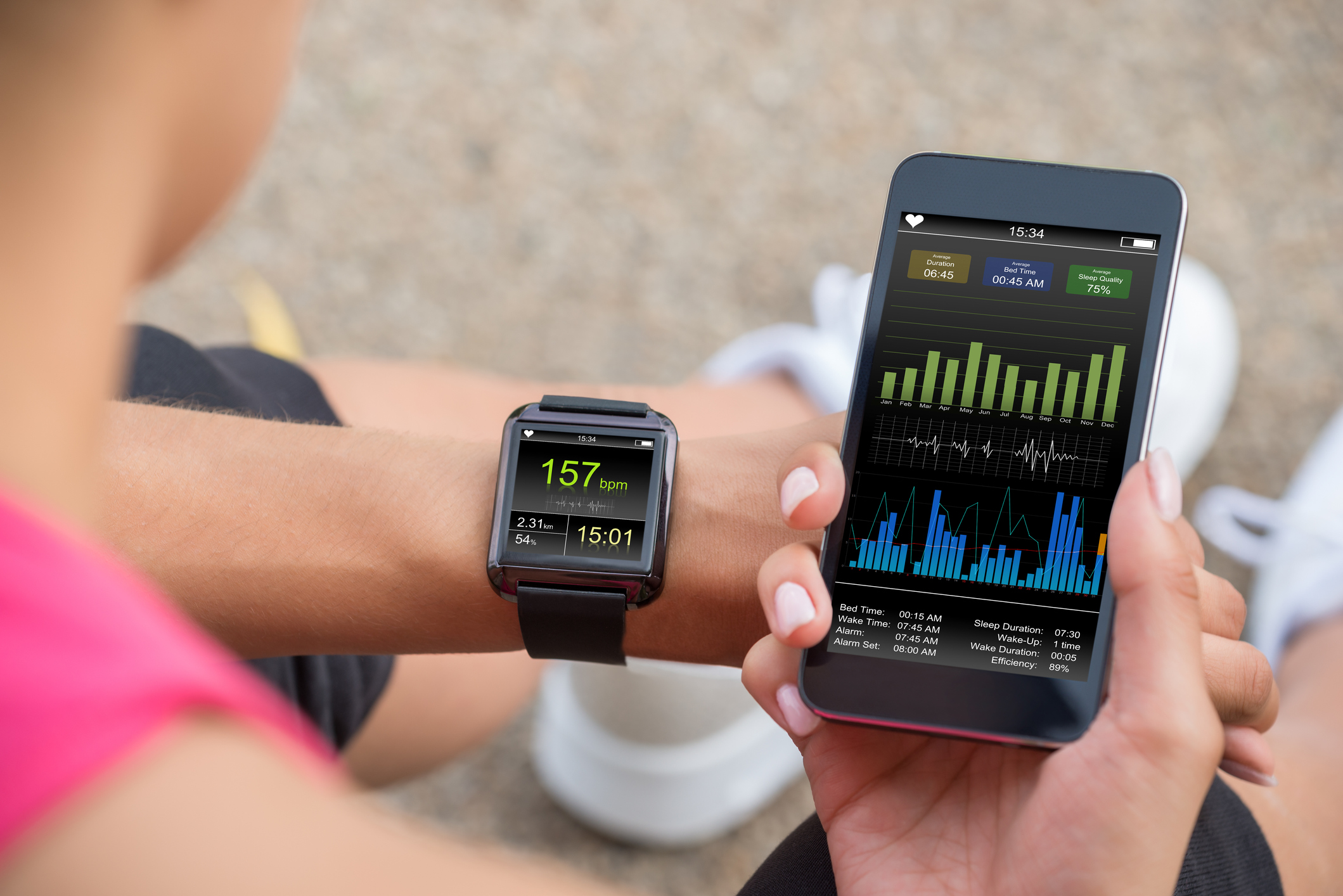Health and Science

Secondary Care Provider Attitudes Towards Patient Generated Health Data from Smartwatches
Wearable devices such as smartwatches could play an increasingly important role in healthcare. Used by patients to track their own clinically-relevant measurable outcomes—such as physical activity, pain, and heart rate—this information has also been shown to foster improved doctor-patient communication and coordination, and improve patient accountability and engagement.
But providers have given wearable devices mixed reviews: while some laud their contribution to patient care, others are more skeptical of their accuracy and efficacy. As wearable technology evolves, it’s important to gather provider insights about the technology’s most helpful kind of information, along with its best presentation and incorporation into clinical practice.
University of Florida College of Journalism and Communications Advertising Assistant Professor Jordan Alpert and colleagues conducted interviews with providers about their perceptions of smart watch technology and its potential efficacy in the clinic. The researchers asked the providers, most of whom are specialized in gerontology, about the benefits and barriers of incorporating smart watches into practice; the most clinically valuable data points that smart watches provide; and the implications of smart watches on patient-provider communications.
Four main findings emerged from the interviews.
The first is that providers are optimistic and view smart watches as equivalent to other types of medical data. As one provider said, “We have historically put more stock into the stuff we generate, like blood tests, physical exam findings. But there is a definite value in paying attention to what the patient is generating…I pay a lot more attention to that stuff than I do to their vital signs, honestly.” They also said that the data is a good jumping off point for conversations with patients.
Second, many providers believed that integrating the data with other patient records would be more efficient and everyone believed that the data should be integrated with electronic medical records.
Third, while most providers said they would trust the data as much as they would trust information coming directly from patients in person, a few providers expressed some concern that patients might skew their own data to look good.
Fourth, providers varied in their preferences for types of data, as well as presentation of data, but overall, the top three uses of data were for patient-reported pain, falls, and physical activity. Line graphs were most popular as a data visualization method, and many providers expressed a need for baseline data to be able to compare the data to.
In addition to primary care, the researchers plan to focus on other specialties to understand how providers manage the nuances involved with measurement specific to their specialty. They also seek to capture opinions and attitudes from patients about their perceptions of smart watch data collection.
The original research paper, “Secondary Care Provider Attitudes Towards Patient Generated Health Data from Smartwatches,” appeared in the journal Nature Digital Medicine, March 3, 2020.
Authors: Jordan Alpert, Todd Manini, Megan Roberts, Naga S. Prabhakar Kota, Tonatiuh V. Mendoza, Laurence M. Solberg, Parisa Rashidi
The summary was written by Kristine Cane, Ph.D. student.
Posted: October 5, 2020
Tagged as: Jordan Alpert, Patient Information, Smartwatch


